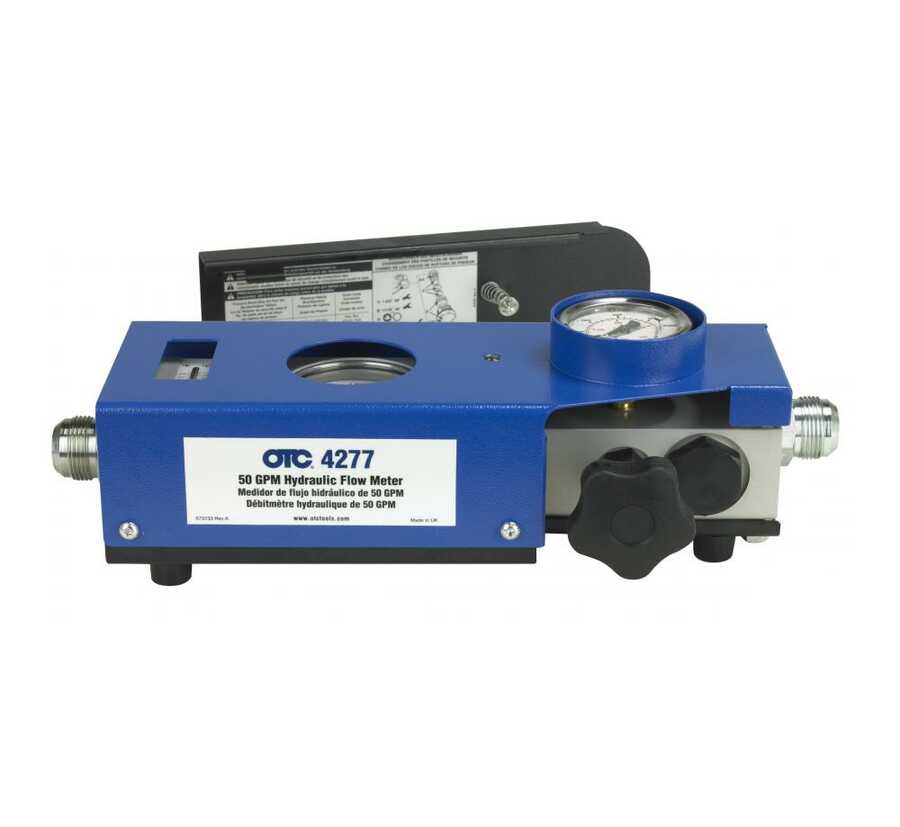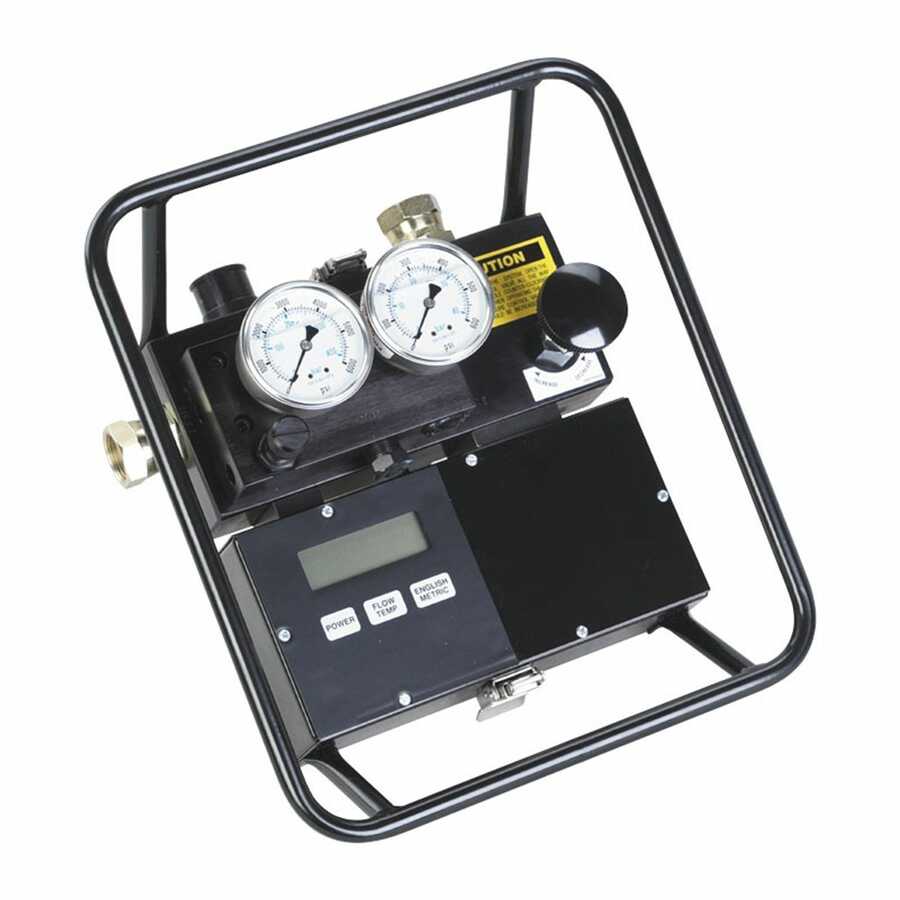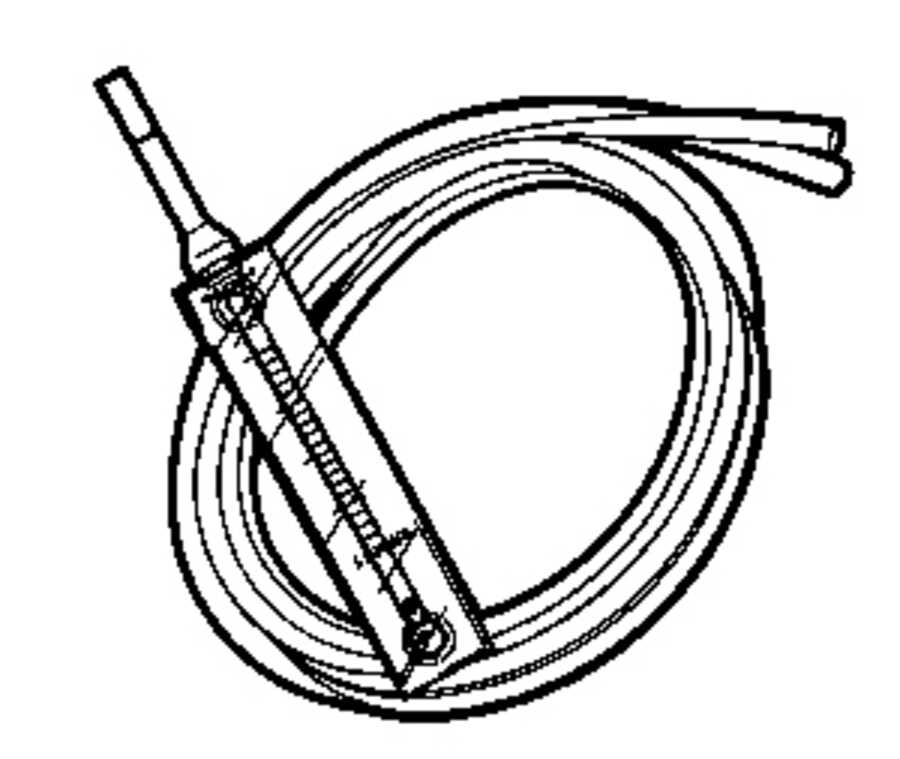Flow Testers
Flow testers are used to measure the flow rate of a fluid, such as air, water, or gas. They are typically used in industrial settings to ensure that fluids are flowing at the correct rate, but they can also be used by automotive mechanics to diagnose problems with a vehicle's engine or fuel system.
There are a variety of different types of flow testers available, each with its own advantages and disadvantages. Some of the most common types of flow testers include:
- Orifice plates: Orifice plates are one of the simplest and most affordable types of flow testers. They consist of a thin metal plate with a small hole in the center. The fluid flows through the hole, and the flow rate is measured by the difference in pressure between the two sides of the plate.
- Venturi meters: Venturi meters are more accurate than orifice plates, but they are also more expensive. They work by creating a constriction in the flow path of the fluid, which causes the fluid to speed up and the pressure to drop. The flow rate is measured by the difference in pressure between the two sides of the constriction.
- Mass flow meters: Mass flow meters measure the mass of the fluid flowing through them, rather than the volume of the fluid. This makes them more accurate for measuring the flow rate of gases, which have a lower density than liquids.
When choosing a flow tester, it is important to consider the type of fluid that will be flowing through it, the accuracy required, and the budget.
Types of Flow Testers
- Orifice plates
- Venturi meters
- Mass flow meters






.jpeg)




Follow us on social media